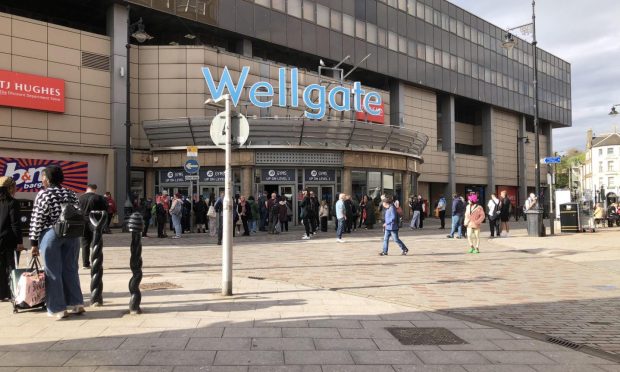Councils may have broken the law by tracking residents for decades on secretive watch lists, a former senior manager who wrote the policy has warned.
The manager, who asked not to be named, was instrumental in drafting how local authorities record and process service users who are identified as a potential risk to staff and councillors.
In hundreds of cases, no explanation for inclusion or indication of how long the individual will remain on the list was given, while others appeared despite the system stating the reason “no longer applies”.
The former council worker said it can be “difficult to shake off” reports of mental health issues and claimed children taken into care could potentially remain on lists years after leaving the system if they lash out.
He said: “There are always going to be people who present a risk to public sector workers but the legislation requires files like this to be regularly monitored by a manager or team leader.
“My concern would be that it is really easy to add people to these lists but they also have to be appropriately managed.
“I wrote the policy on recording of violent warning indicators and these practices are in breach of that policy and are actually illegal.”
The former manager claimed the senior team at his own local authority has halved since he left and warned a loss of organisational knowledge could be behind poor standards.
“I suspect they have no idea who is on what system and they are probably just not being reviewed properly,” he said.
“I know from my time that I had a massive battle to get managers to review the lists.
“They have an accountability to review names they have signed off but the problem is they often have no grass roots knowledge so they err on the side of caution and names just stay on there even though they should have been taken off years earlier.”
Perth and Kinross Council held the records of 1,129 of their own residents, with some files existing for more than 40 years.
Further concerns were also raised over the council’s practices after it was revealed that a service user had been listed as having “undiagnosed mental health issues” and added to the register indefinitely.
The Courier has repeatedly asked Perth & Kinross Council for details on how it monitors and reviews its lists, whether subjects are informed and if there is any official review process.
The local authority were approached for comment again last night but did not respond.










